How a curious question about colouring maps changed mathematics forever
What’s the smallest number of colours you can use to fill any map so that no two colours touch? This question may, at first glance, seem like a rather trivial curiosity, but, as this video from Quanta Magazine explains, this question has had incredibly important theoretical and practical implications for mathematics. With expert interviews and nifty animations, the piece traces the ‘four colour theorem’ from its origins in the mid-19th century to today. In doing so, the video details how early computing technology would ultimately help a pair of mathematicians prove that four is indeed the magic number, making it the first major computer-assisted mathematical proof.
Video by Quanta Magazine
Producer: Joy Ng

video
Biography and memoir
As her world unravels, Pilar wonders at the ‘sacred geometry’ that gives it structure
20 minutes
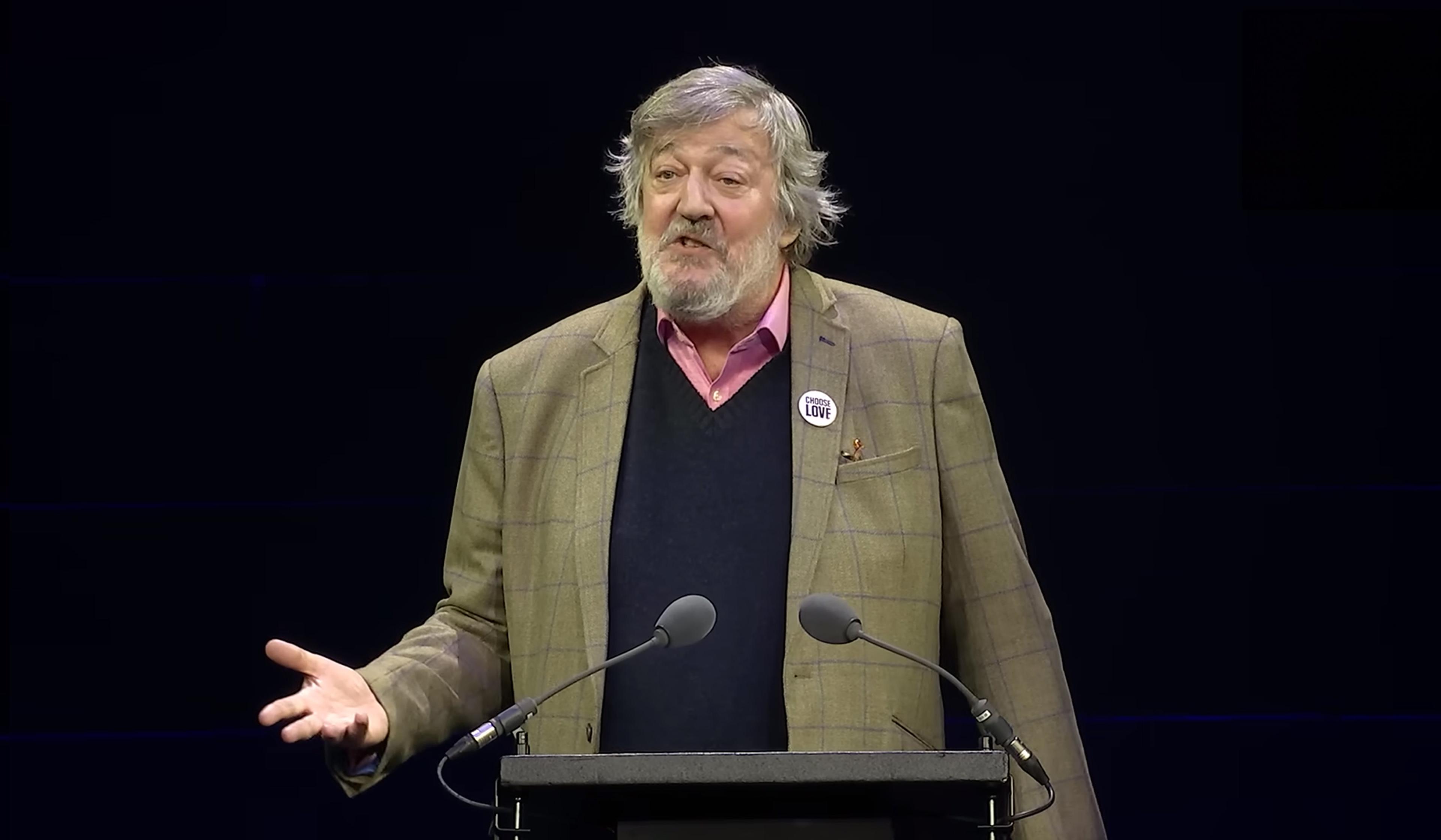
video
Meaning and the good life
Why strive? Stephen Fry reads Nick Cave’s letter on the threat of computed creativity
5 minutes
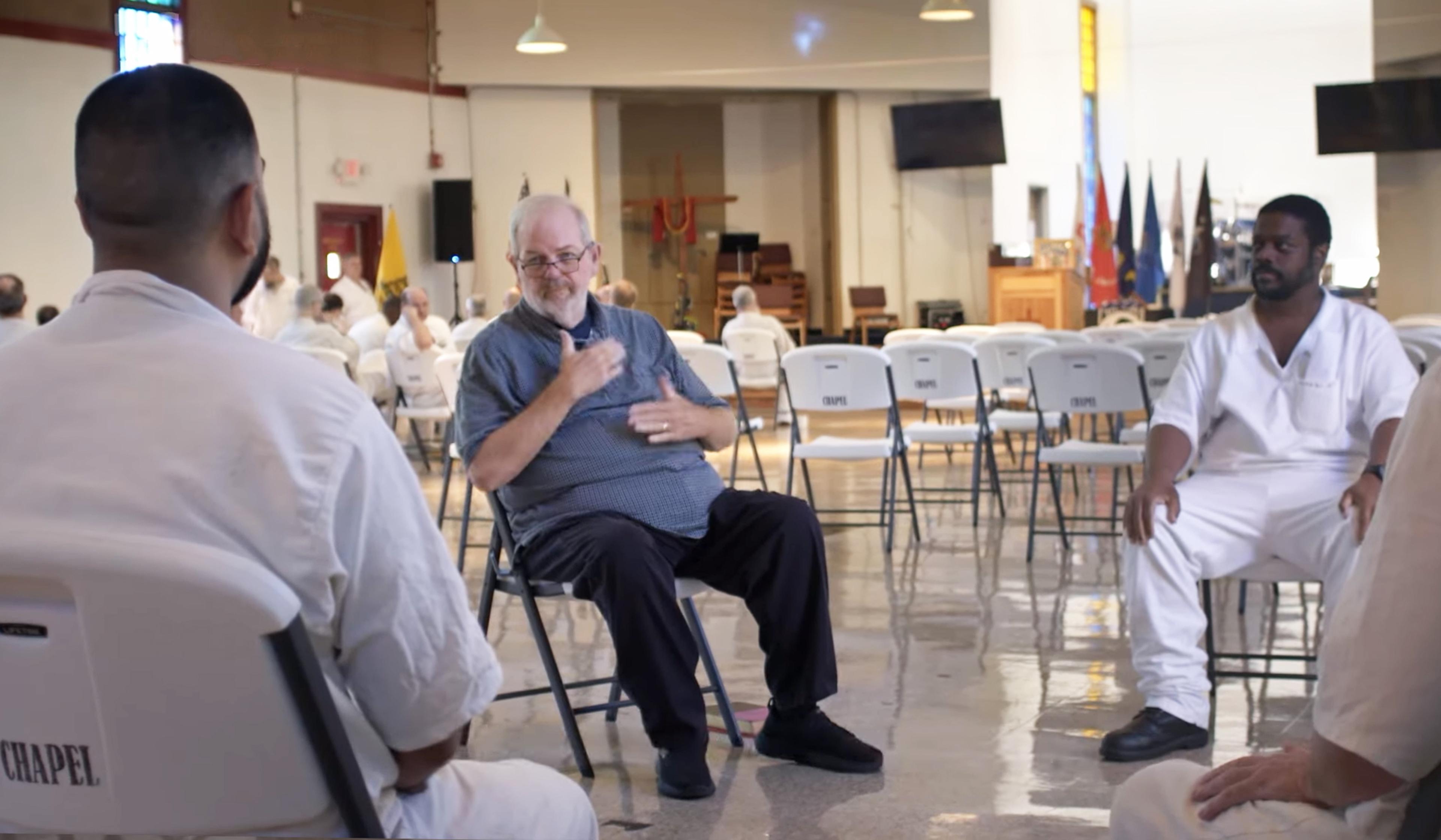
video
Human rights and justice
‘I know that change is possible’ – a Deaf prison chaplain’s gospel of hope
18 minutes

video
Physics
Find the building blocks of nature within a single, humble snowflake
4 minutes
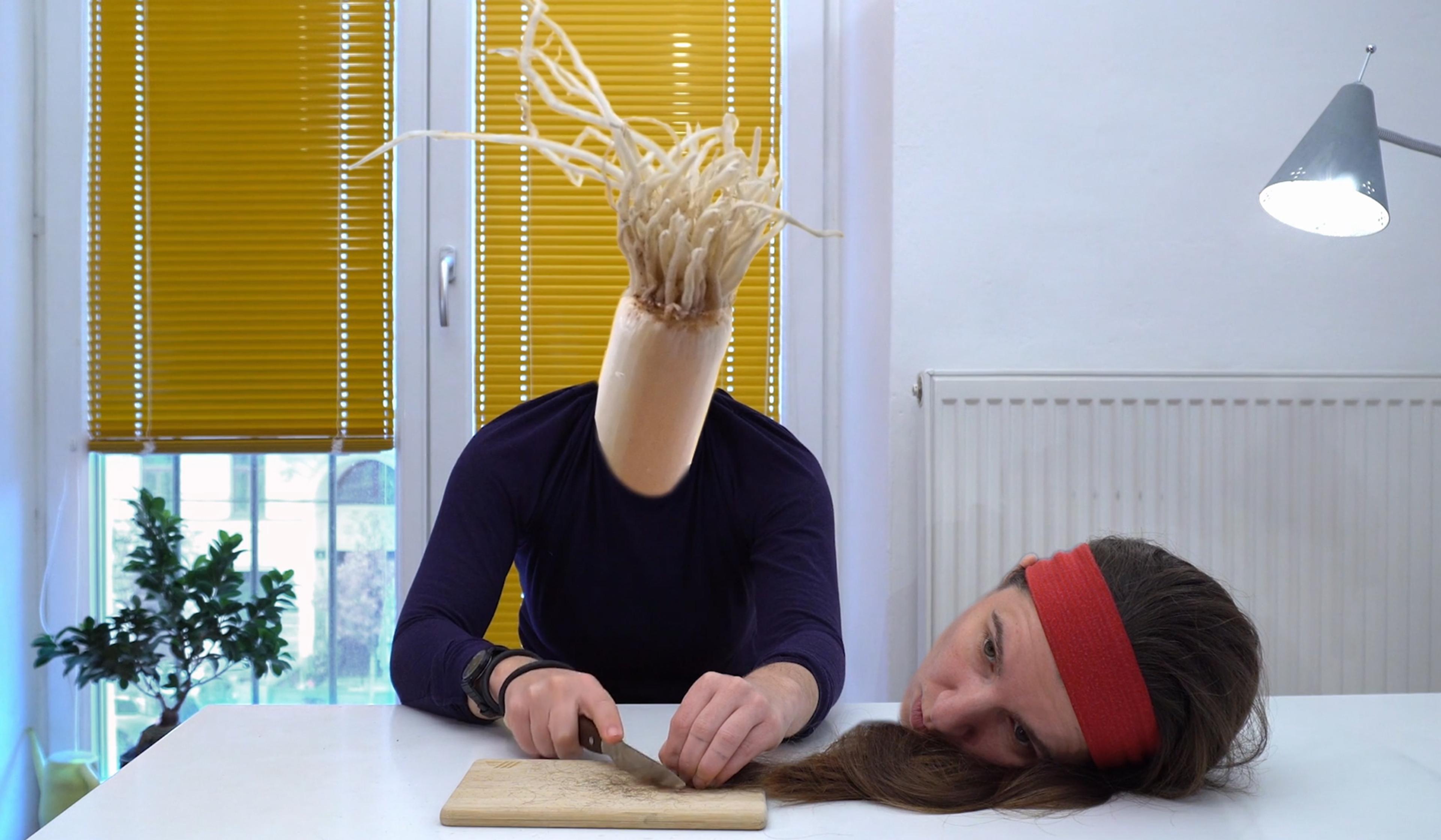
video
Technology and the self
An artist swaps her head with everyday objects in a musing on consumerism
4 minutes
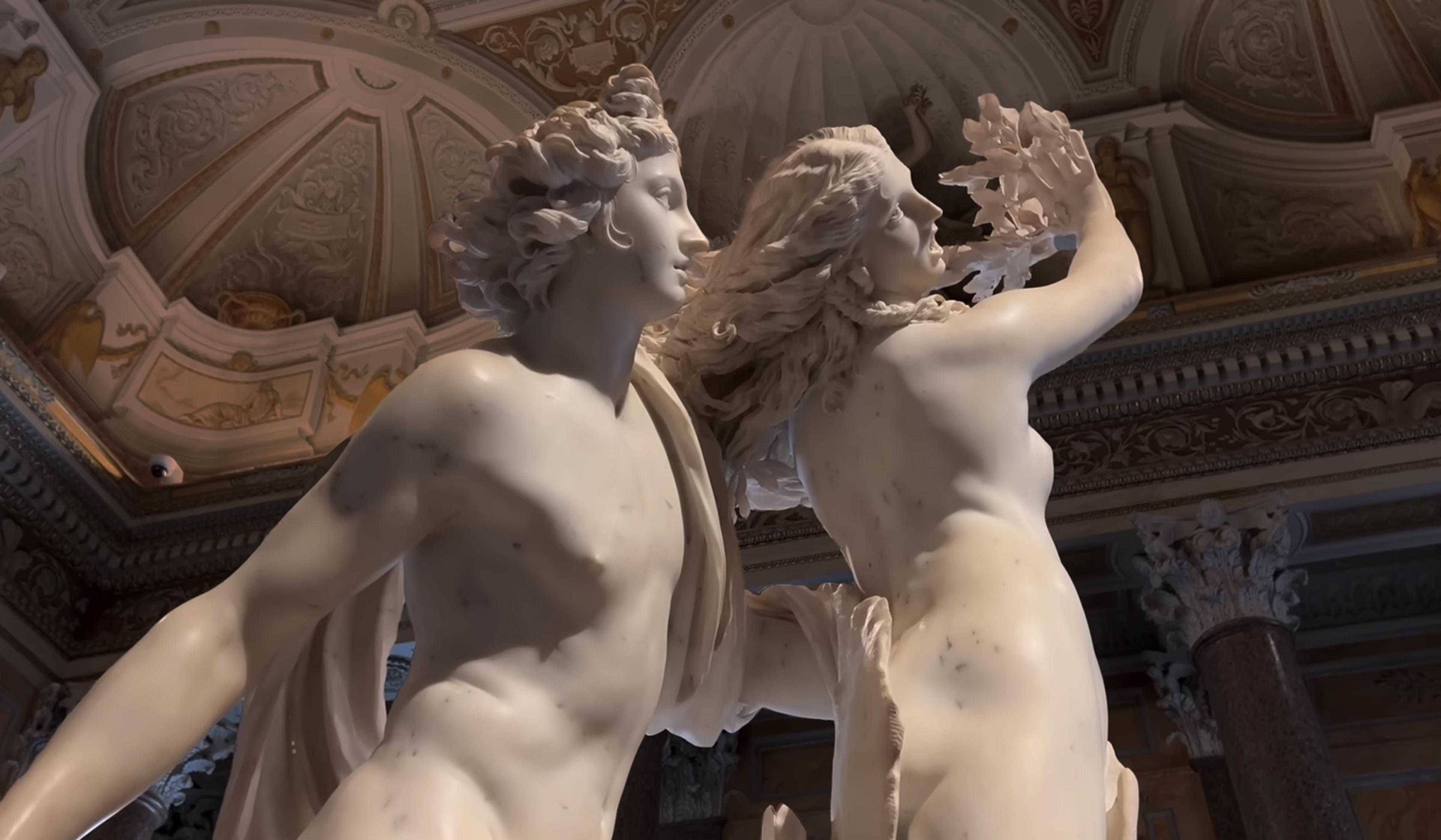
video
Art
The overlooked polymath whose theatrical oeuvre made all of Rome a stage
30 minutes
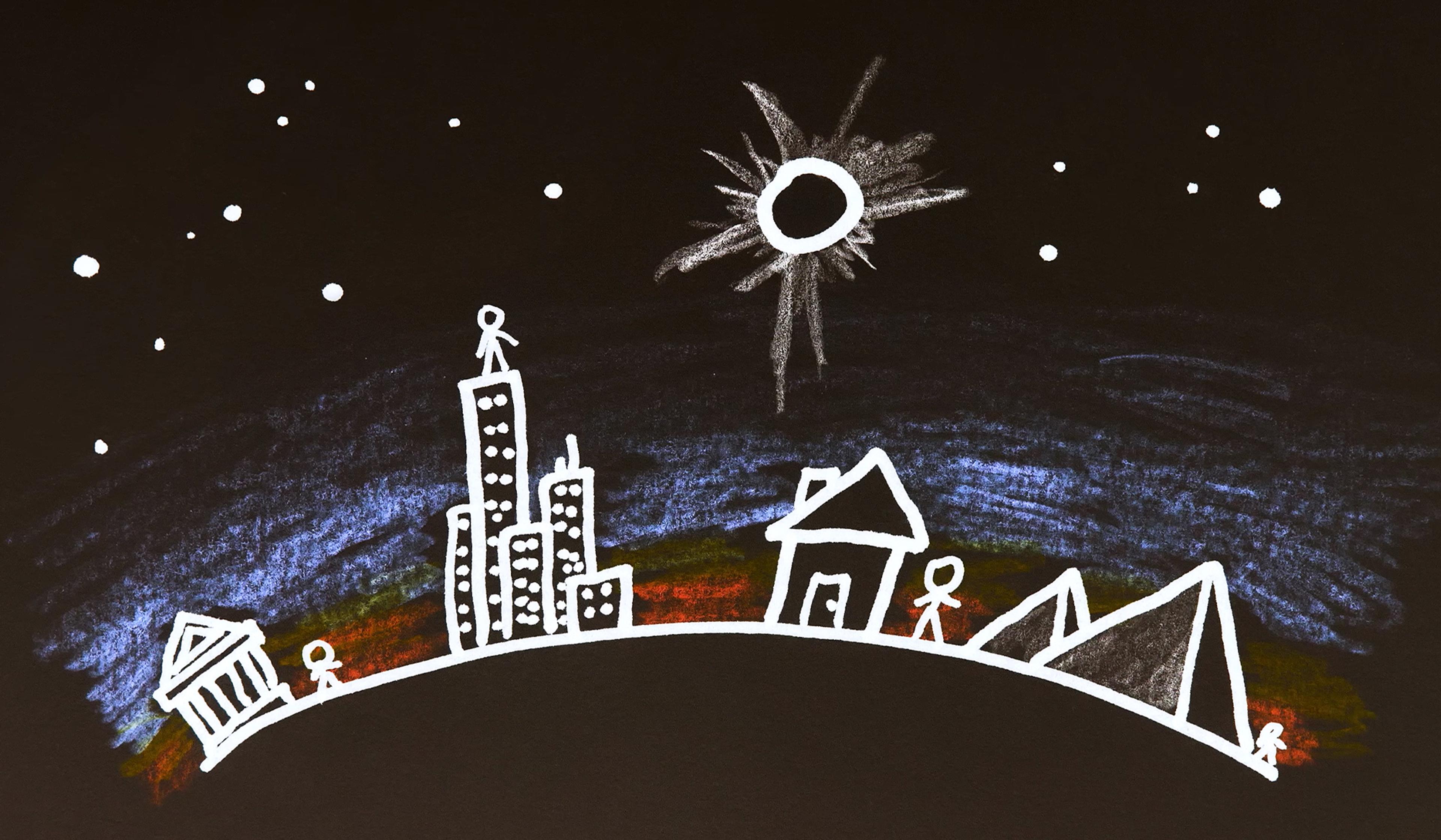
video
Physics
Why the golden age of total solar eclipses is already behind us
5 minutes
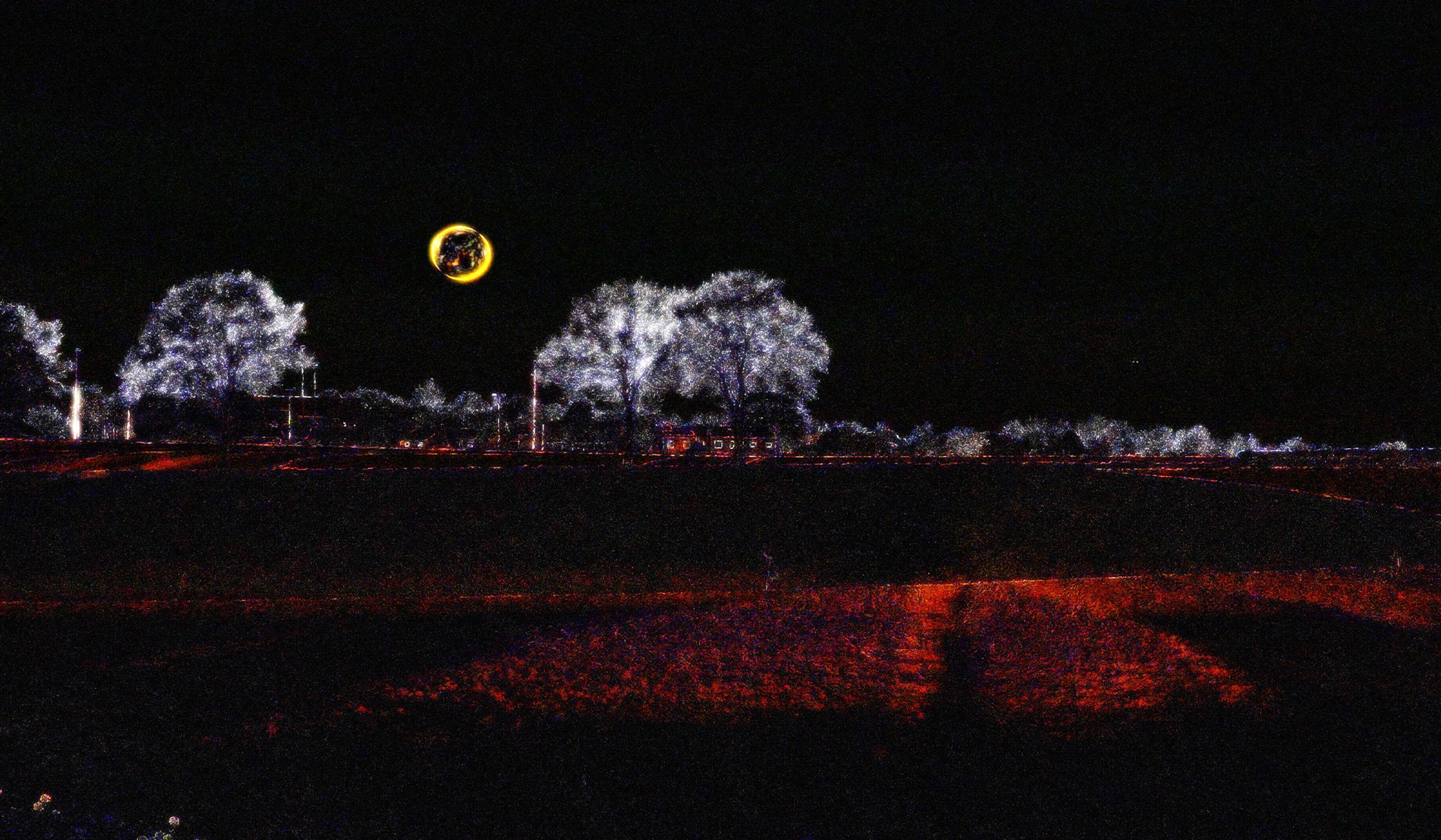
video
Film and visual culture
An augmented-reality filter reveals the hidden movements all around us
7 minutes
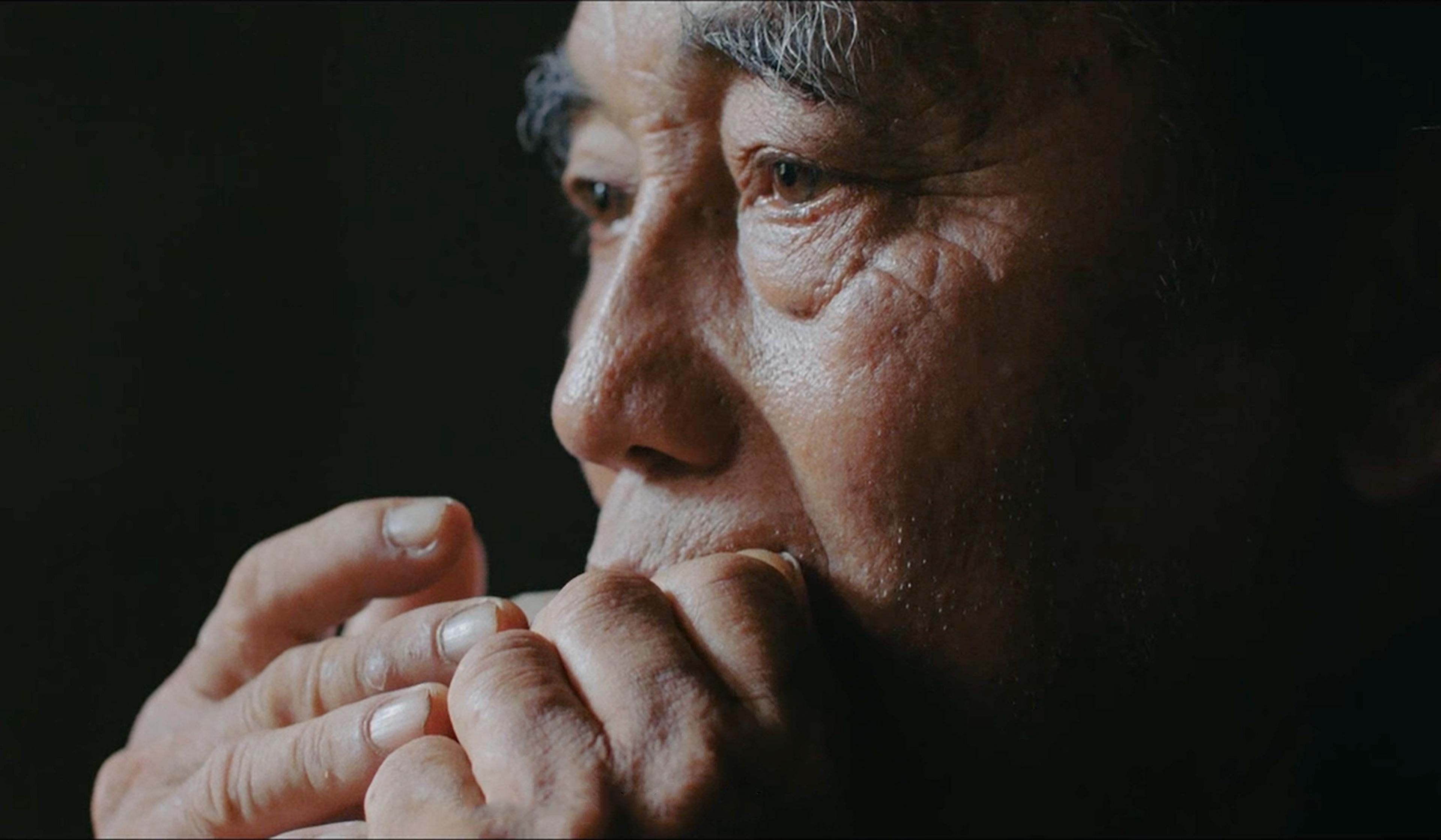
video
Language and linguistics
Messages born of melody – hear the whistled language of the Hmong people
18 minutes